Name Princess of | ||
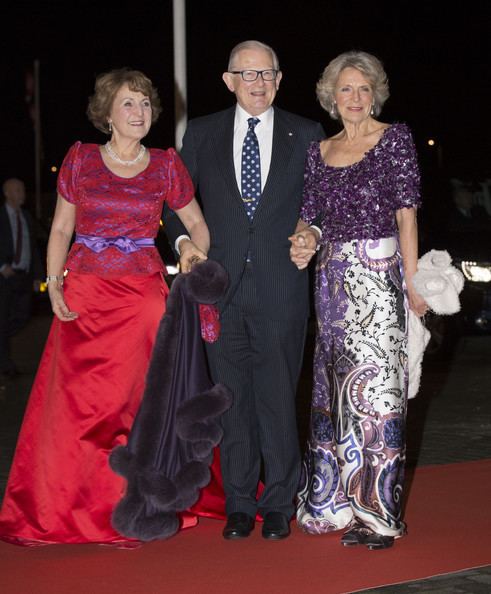 | ||
Issue Carlos, Duke of ParmaPrincess Margarita, Countess of ColornoPrince Jaime, Count of BardiPrincess Carolina, Marchioness of Sala Mother Juliana of the Netherlands Children Prince Jaime, Count of Bardi, Carlos, Duke of Parma Parents Juliana of the Netherlands, Prince Bernhard of Lippe-Biesterfeld Siblings Beatrix of the Netherlands Grandchildren Princess Zita, Princess Cecilia, Alaia-Maria Brenninkmeijer Similar People Beatrix of the Netherlands, Princess Margriet of the Nethe, Carlos Hugo - Duke of P, Prince Bernhard of Lippe, Princess Christina of the Nethe | ||
Can 179 princess irene of the netherlands and prince carlos hugo of parma marry in rome
Princess Irene of the Netherlands (Irene Emma Elisabeth; born 5 August 1939) is the second child of Queen Juliana of the Netherlands and Prince Bernhard of Lippe-Biesterfeld. Irene was first in the public eye when her family fled the Nazi invasion of the Netherlands during World War II, traveling first to Britain and later to Canada. In 1964, her decision to convert to Roman Catholicism and to marry the eldest son and heir of one of the pretenders to the Spanish throne caused a crisis in both the Dutch royal family and government, bringing her into the world spotlight once again. An activist for disarmament, she is also well known for her work with nature.
Contents
- Can 179 princess irene of the netherlands and prince carlos hugo of parma marry in rome
- Princess irene of the netherlands part sound
- Childhood and family
- Conversion
- Marriage
- Since divorce
- Children
- Titles styles and honours
- References
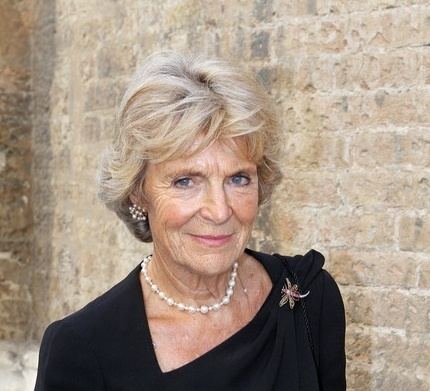
Princess irene of the netherlands part sound
Childhood and family
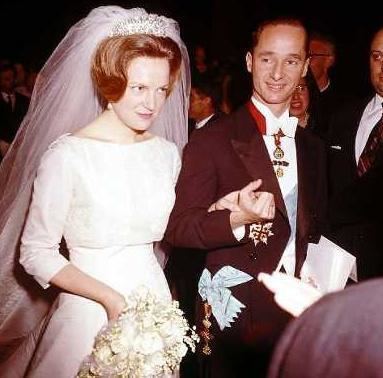
The princess was born in 5 August 1939 at Soestdijk Palace. At the time of her birth, war was a distinct possibility but, because her parents hoped for a peaceful solution, they chose to name their new daughter for Eirene, the Greek goddess of peace. She has three sisters, the eldest of whom is the former monarch of the Netherlands, Princess Beatrix of the Netherlands; the two younger ones are Princess Margriet and Princess Christina.
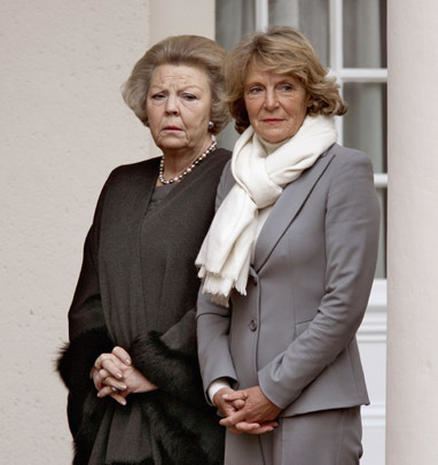
Because of the invasion of the Netherlands by Nazi Germany during World War II the Dutch royal family first fled to the United Kingdom. Irene was not yet a year old when the family was forced to leave the Netherlands; she was christened in the Chapel-Royal of Buckingham Palace in London, the wife of King George VI, Queen Elizabeth being one of her godparents. As the family was leaving the Netherlands, the port where they were boarding the British warship was fiercely attacked by a German air raid; one of the German bombs exploded within 200 yards of the family. Irene was placed in a gasproof carrier to guard the child against chemical warfare.
Princess Juliana and her daughters again took flight when the London Blitz began, this time to exile in Ottawa, Canada, where her younger sister, Margriet, was born and where Irene attended Rockcliffe Park Public School. As a teenager, she was dubbed by the Dutch press "the glamorous Princess of the Netherlands." During the war, the Royal Dutch Brigade (the formation of Free Dutch soldiers that fought alongside the Allies) was named for Princess Irene. This was continued after the war as the Regiment Prinses Irene.

Always an independent person, Irene was thrilled to receive a sports car from her father, one of the gifts he had been presented with. Irene's happiness was short-lived; when she opened the hood of the automobile, she noticed that the car was sporting in appearance only, having an ordinary car's engine. She asked her father for permission to turn the vehicle into a true racing-type auto, which Prince Bernhard refused to allow.
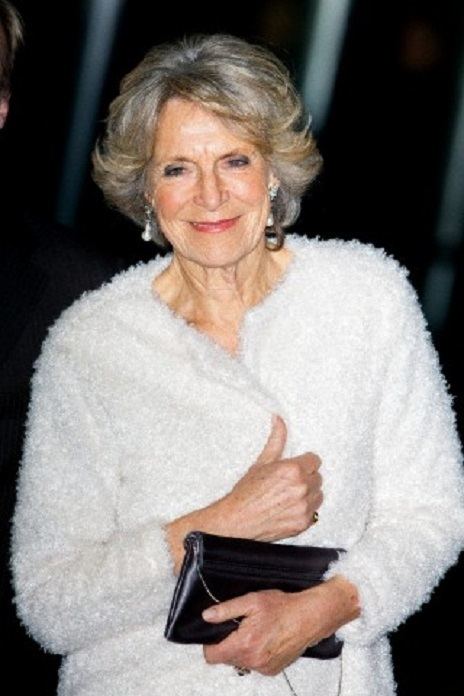
She was a bridesmaid at the 1962 wedding of Prince Juan Carlos of Spain and Princess Sophia of Greece and Denmark.
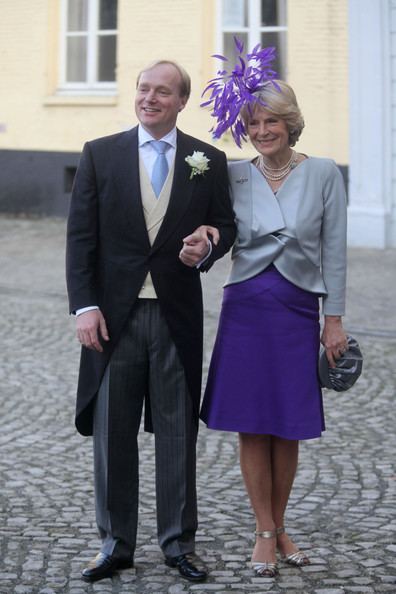
Princess Irene studied at the University of Utrecht, then went to Madrid to learn the Spanish language and became proficient enough to become an official interpreter.
Conversion

While studying Spanish in Madrid, Irene met Carlos Hugo, Duke of Parma, eldest son of Carlist pretender to the Spanish throne, Xavier. In the summer of 1963, Princess Irene secretly converted from Protestantism to Roman Catholicism. The first time the public or the Royal Family knew about the conversion was when a photograph appeared on the front page of an Amsterdam newspaper showing the Princess kneeling to receive communion at a Mass in the Roman Catholic Church of the Geronimites (Los Jerónimos) in Madrid. Irene's conversion took place a year before her engagement announcement, but the royal family did not officially announce the news until January 1964. When news leaked out that she was engaged to Prince Carlos Hugo (born 1930), it provoked a Protestant outcry and a constitutional crisis.
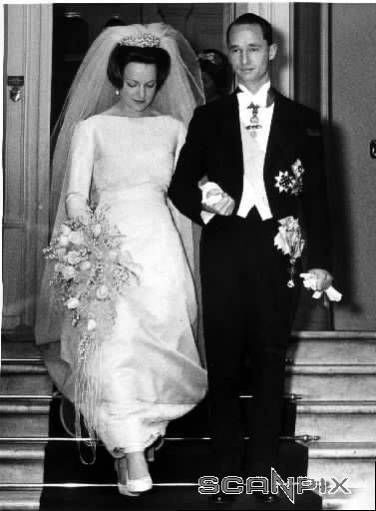
Although law did not forbid a Catholic to reign over the Netherlands, Protestant succession was traditional, born out of the 16th-century Eighty Years' War with Spain and the assassination of William of Orange by a supporter of Philip II of Spain who believed William had betrayed both the Spanish monarch and the Catholic Church. By the middle of the 20th century religious attitudes had begun to change, but only very slowly. While members of the Roman Catholic Church accounted for approximately 34 percent of the Dutch population, and Catholic political parties had been in coalition governments since 1918, the high fertility rate of the Catholics was a matter of some concern for all non-Catholics.
Amplifying the crisis over a Royal conversion to Catholicism and a marriage without approval of the Dutch States-General, were the still very fresh memories of General Franco's association with fascism. For the second in line to the throne to not merely convert to Roman Catholicism but also to associate with an alleged Franco sympathizer, caused shock and consternation in the Netherlands. When Princess Irene left the Netherlands to join Prince Carlos in Paris after the announcement of their engagement, a threat was telephoned to KLM Royal Dutch Airways by an anonymous caller saying, "you should investigate the plane". The telephone call was construed to be a bomb threat and the airliner was searched, causing more than an hour's delay for the flight. It was the first instance of any threat involving the royal family and their air travel.
Queen Juliana attempted to stop the marriage, first by sending a member of her staff to Madrid to persuade the Princess not to go ahead with a marriage that would be a political disaster for the monarchy in the Netherlands. It seemed to work and the Queen went on Dutch radio to tell the citizens that Princess Irene had agreed to cancel her engagement and was returning to the Netherlands. When the airplane arrived at Schiphol Airport, the Princess was not on it, and Queen Juliana and her husband, Prince Bernhard were supplied with a Dutch military plane to go to Spain to retrieve their daughter. However, a message was delivered to the Queen from the Dutch government warning that it would resign en masse if she set foot in Spain. It was suggested that Princess Irene was a pawn of General Francisco Franco who tried to maximize the event to his benefit.
Given the ramifications and the fact that a monarch from the House of Orange had never visited Spain, the Queen had no choice but to turn back. Prince Bernhard then traveled to Madrid to meet with his daughter and her fiancé, who both accompanied him back to the Netherlands, where an immediate meeting took place with the couple, the Queen, Prime Minister Marijnen, himself a Roman Catholic, and three top cabinet ministers. When the meeting had ended in the early hours of the morning on Sunday, 9 February 1964, Dutch radio broke its traditional Sabbath day silence to announce that Princess Irene would give up any rights of succession to the throne so she could marry Carlos Hugo. The princess further stated that she did not want the government to create a bill which would grant official consent to her marriage. In an attempt to gain public favour for her proposed marriage, Princess Irene publicly stated that her marriage was intended to help end religious intolerance. This caused a division in public opinion, as less than 40 percent of the country ruled by the Protestant House of Orange was Roman Catholic. Over the ensuing weeks, things deteriorated further when Pope Paul VI granted an audience requested by the couple in Rome. The Vatican believed the meeting was being held with the consent of the Dutch Royal Family. The Queen at first denied such a meeting had taken place, but it was later verified. Because the constitution prohibits members of the royal family from any involvement in foreign politics, Irene alienated herself from almost every Dutch citizen when a photo appeared in a Dutch paper showing her at a Carlist rally in Spain and she declared that she supported her fiancé's political goals. The Dutch government officially announced that it had no responsibility for either the words or actions of Princess Irene in the future on 10 April 1964. It was done in response to Irene's declaration of joining Carlos Hugo's political campaign to regain the throne of Spain on 8 April 1964.
Marriage
No one from the Dutch Royal family or any Dutch diplomatic representative attended the marriage of Princess Irene and Prince Carlos Hugo in the Borghese Chapel at the Basilica di Santa Maria Maggiore in Rome, Italy, on 29 April 1964. There were also no representatives of Spain's Franco government at the ceremony; the couple chose Rome as the site of their nuptials because of its neutrality.
Dutch television provided coverage of the marriage and Irene's family were among those who watched the ceremonies, although fate conspired in the form of a power failure which made them unable to see the last part of the rite. The Dutch royal family gathered at the home of Prince Bernhard's mother, Princess Armgard, for the television coverage. Princess Armgard had also converted to Roman Catholicism like her granddaughter, but decided against attending the wedding. Irene and her mother spoke on the telephone before she left for the Basilica. Governmental fears that the attendance of the wedding by the Dutch royal family might be construed as becoming too close to the politics of Spain made it impossible for the family to do anything else. The Dutch government had also vetoed the possibility of the wedding being held in the Netherlands. While it is said that Pope Paul VI had been asked to officiate at the wedding and declined, he did send the couple his special blessing before the ceremony. He received the newlyweds at a private Vatican audience after their wedding. Because she had failed to obtain the approval of the States-General to marry, Irene lost her right of succession to the Dutch throne. She agreed that she would live outside of the Netherlands. In an effort to maintain there was no conflict between the royal family and the government, Queen Juliana invited Premier Marijnen to her birthday celebration at the palace the day after Irene's wedding.
In 1968, Princess Irene was libeled by the West German "rainbow press". The publications operated similarly to movie and television gossip magazines, with the exception being that instead of stories about film or television stars, the rainbow press wrote about royalty and their supposed secret lives. One of the publications printed a story that Irene had undergone an abortion with parental consent before she was married. Irene's father, Prince Bernhard, took the paper to court to clear his daughter's name. The court found in favor of father and daughter, ordering the newspaper to pay them both damages and to print a public apology.
After the wedding, Irene was very active in her husband's right-wing political cause, but over time they drifted away from right wing extremism to left wing sympathies and became a part of the international jet-set crowd. In 1977, Irene was expelled from Spain because of her political views; her husband was also barred from the country for the same reason. Prince Carlos was allowed to return in late 1977, but Princess Irene was not permitted back in the country until April 1978. The prince, head of the Royal House of Bourbon-Parma, became a naturalized Spanish citizen in 1979. The couple had four children, but the marriage ended in divorce in 1981.
Having been married to the Duke of Parma, she is the only one of her sisters whose husband was of princely status. Her youngest sister, Princess Christina, later waived her rights to the throne when she married Jorge Guillermo, a United States citizen born in Cuba and a Roman Catholic.
Since divorce
In 1980, Irene and her children returned to live in the Netherlands, initially moving back into the palace and became involved in various personal development workshops, trying to "find herself". By 1981, she and her children had moved to their own home across the street from the palace, where Irene did traditional household chores like grocery shopping. In 1983 and 1985, she publicly spoke out against the additional deployment of NATO missiles at a large anti-nuclear rally in The Hague and with a letter to the newspaper De Volkskrant. Her connection with nature, that she says she had felt since childhood, intensified, and in 1995 she published her book Dialogue with Nature. The book outlined her philosophy that human beings are alienated from the natural world, but the Dutch media seized upon passages that recounted conversations she said she had with the trees and dolphins.
In 1999 Princess Irene purchased a farm near Nieu-Bethesda in South Africa, turning it into a sanctuary. In 2001, she helped establish the NatuurCollege in the Netherlands. She is also the founder of NatureWise, an organization that brings elementary school children in the Netherlands directly in touch with nature. The Princess is an honourable member of the Club of Budapest.
Children
Carlos Hugo and Princess Irene had four children:
Titles, styles, and honours
The Princess used the following names since her divorce:
